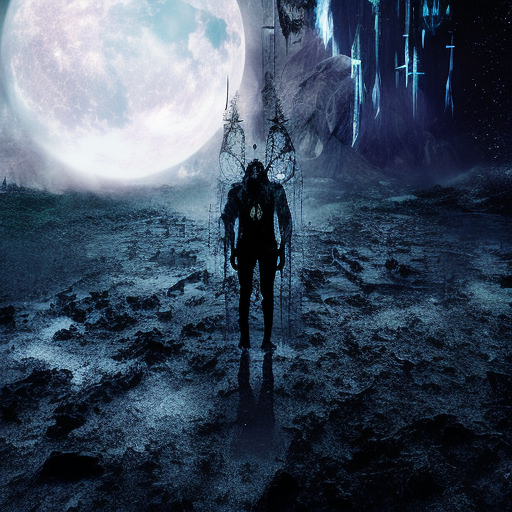One-line summary:
Dark of the Moon is a thrilling science fiction novel that explores the consequences of humanity’s quest for immortality and the ethical dilemmas that arise.
Exploring the Boundaries of Immortality
In Dark of the Moon, author John Sandford takes readers on a gripping journey into a future where immortality is within reach. The story is set in the year 2066, where a breakthrough in medical technology has allowed humans to extend their lives indefinitely. The protagonist, Virgil Flowers, is a detective tasked with investigating a series of murders that are connected to a secretive organization called the “Life Extension Foundation.” As Flowers delves deeper into the case, he uncovers a web of deceit, corruption, and moral ambiguity.
The novel raises thought-provoking questions about the consequences of humanity’s pursuit of immortality. It explores the ethical implications of extending life indefinitely and the potential impact on society. Sandford skillfully examines the boundaries of immortality, highlighting the complex moral dilemmas that arise when individuals are granted the power to control life and death. The narrative challenges readers to consider the value of mortality and the importance of embracing the natural cycle of life.
A Thrilling Investigation Unfolds
Dark of the Moon is not only a philosophical exploration of immortality but also a gripping detective story. Virgil Flowers, a charismatic and unconventional investigator, is tasked with solving a series of murders that appear to be connected to the Life Extension Foundation. As Flowers delves deeper into the case, he encounters a cast of intriguing characters, each with their own motives and secrets.
The investigation takes Flowers on a thrilling journey through the seedy underbelly of society, where he uncovers a web of corruption, power struggles, and hidden agendas. Sandford’s skillful storytelling keeps readers on the edge of their seats as Flowers races against time to unravel the truth behind the murders and expose the dark secrets of the Life Extension Foundation.
The Human Cost of Immortality
One of the central themes in Dark of the Moon is the human cost of immortality. As the novel progresses, it becomes clear that the pursuit of eternal life has come at a great price. The characters in the story grapple with the consequences of their actions and the sacrifices they have made in their quest for immortality. Sandford explores the emotional toll of living forever, highlighting the loneliness, despair, and loss that accompany eternal life.
The novel serves as a cautionary tale, reminding readers of the importance of cherishing the limited time we have and embracing the natural cycle of life and death. It encourages reflection on the value of mortality and the beauty of the fleeting moments that make life meaningful.
Key Takeaways:
- Dark of the Moon explores the ethical implications of immortality and the consequences of humanity’s quest for eternal life.
- The novel raises thought-provoking questions about the value of mortality and the importance of embracing the natural cycle of life and death.
- The story is a thrilling detective investigation that keeps readers engaged until the final revelation.
- It highlights the human cost of immortality, emphasizing the emotional toll and sacrifices that come with living forever.
“Dark of the Moon challenges us to consider the price of immortality and the value of embracing the fleeting moments that make life meaningful.”
In Dark of the Moon, John Sandford delivers a captivating and thought-provoking exploration of immortality and its consequences. Through a thrilling detective story, the novel delves into the ethical dilemmas, human cost, and the importance of cherishing the limited time we have. It serves as a reminder to embrace the natural cycle of life and to find meaning in the fleeting moments that make life truly worthwhile.












